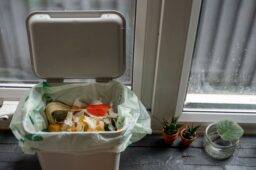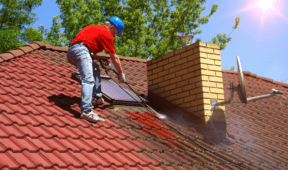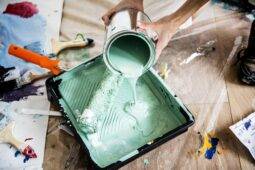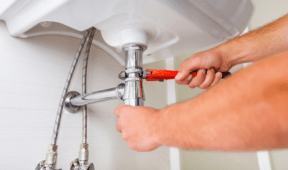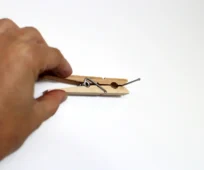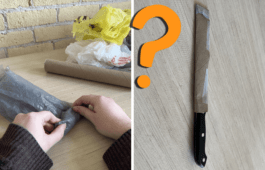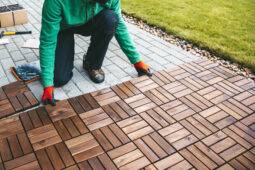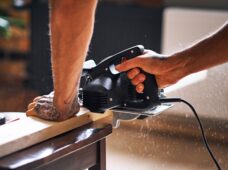If You See Dust Bunnies, You Should Check This Right Away
You might think of dust bunnies as nothing more than pesky clumps of fluff that collect in the corners of your home. But these fluffy intruders are actually sending you a message. Their presence can indicate hidden maintenance issues, neglected spaces, and even potential health hazards. If you spot dust bunnies piling up, it’s time to check these areas of your home before bigger problems arise.
1. Air Vents and Filters
If dust bunnies seem to appear out of nowhere, your HVAC system might be to blame. Clogged air filters and dirty vents can circulate dust and debris throughout your home, leading to faster dust buildup. When filters aren’t changed regularly, they stop trapping particles efficiently, allowing dust to settle in unexpected places.
Check your air filters at least once a month and replace them as needed. Also, inspect air vents for excessive dust buildup. Cleaning them with a vacuum or damp cloth will help improve air quality and reduce the number of dust bunnies roaming your floors.
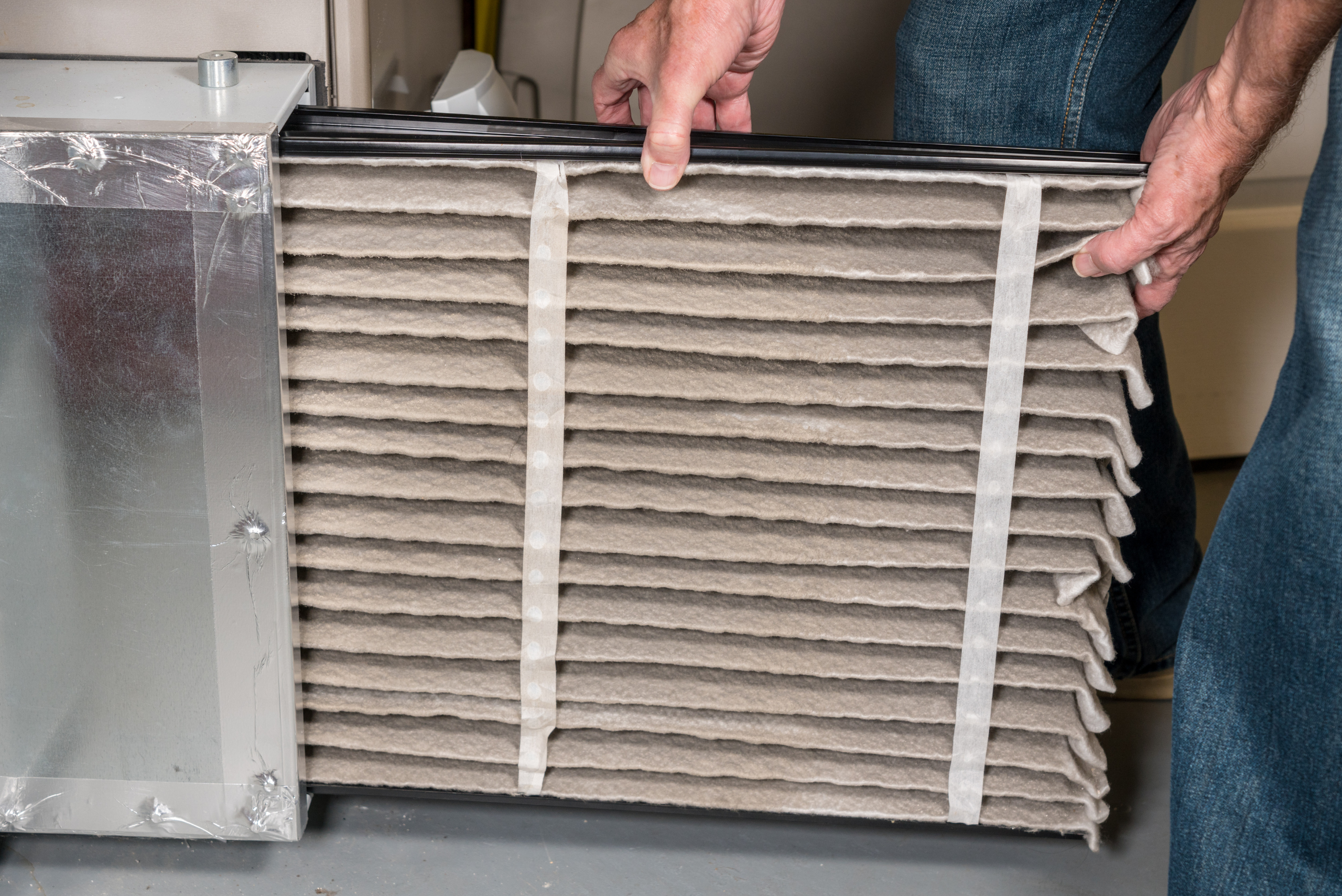
2. Under and Behind Furniture
Dust bunnies love to hide in places that don’t get cleaned often, like under couches, beds, and dressers. If you haven’t moved your furniture in a while, you may find an entire colony lurking beneath it. Over time, these hidden dust piles can contribute to allergies and poor indoor air quality.
Make it a habit to vacuum or sweep underneath furniture at least once a month. Use a microfiber mop or duster to reach tricky spots, and consider placing furniture sliders under heavy pieces to make moving them easier for routine cleaning.
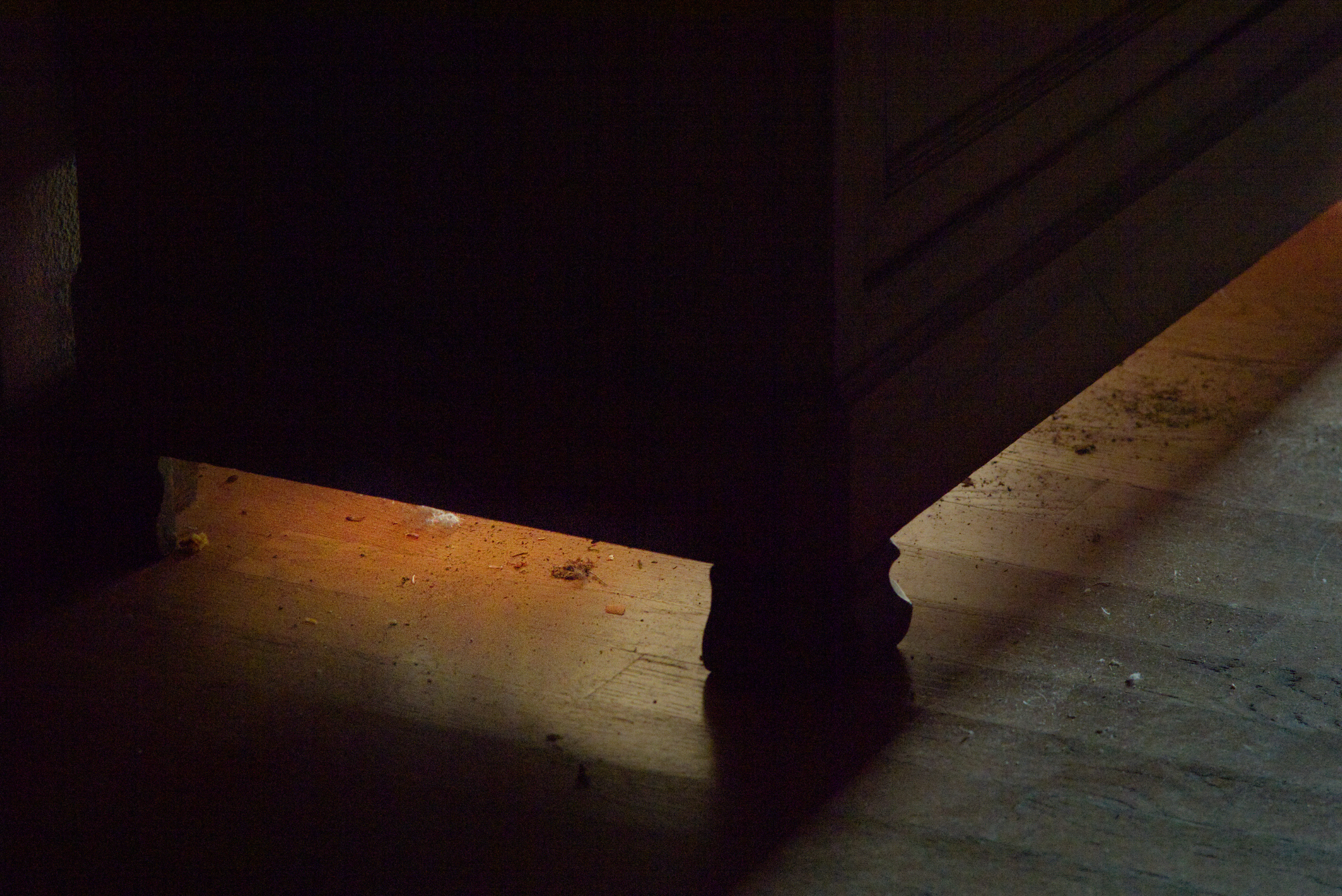
3. Baseboards and Corners
When was the last time you cleaned your baseboards? Dust bunnies tend to accumulate in corners and along baseboards where airflow pushes debris. These areas often go unnoticed until thick layers of dust become visible.
Give your baseboards a quick wipe-down with a damp cloth or a vacuum attachment every few weeks. Using a static duster can also help capture fine dust before it gathers into larger clumps.
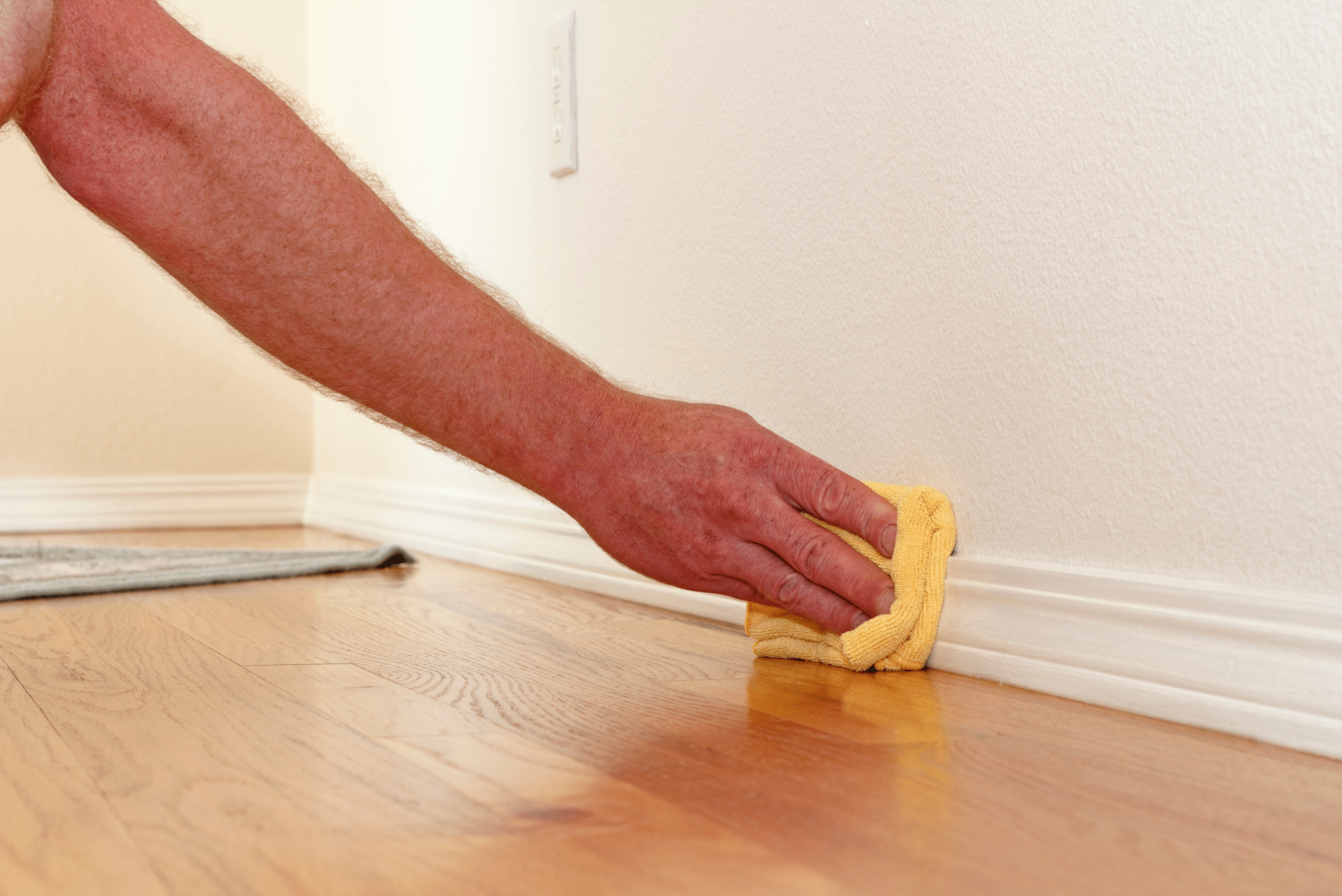
4. Cluttered and Forgotten Spaces
Piles of books, storage bins, and other clutter create the perfect environment for dust bunnies to thrive. Areas that don’t get disturbed often, such as the tops of shelves, behind appliances, and inside closets, tend to collect more dust than high-traffic areas.
Decluttering your home not only makes it easier to clean but also reduces the number of dust traps. Regularly wipe down forgotten spaces and rotate stored items to prevent dust from settling.

5. Pet Beds and Soft Surfaces
If you have pets, your dust bunnies are likely packed with pet hair and dander. Soft surfaces like pet beds, rugs, and upholstered furniture collect fur, which then combines with dust to form bigger clumps. These particles can trigger allergies and contribute to indoor air pollution.
Vacuum pet beds and soft furnishings frequently, and wash them regularly to keep dust and dander under control. Brushing your pets more often can also help minimize shedding, reducing the amount of fur floating around your home.
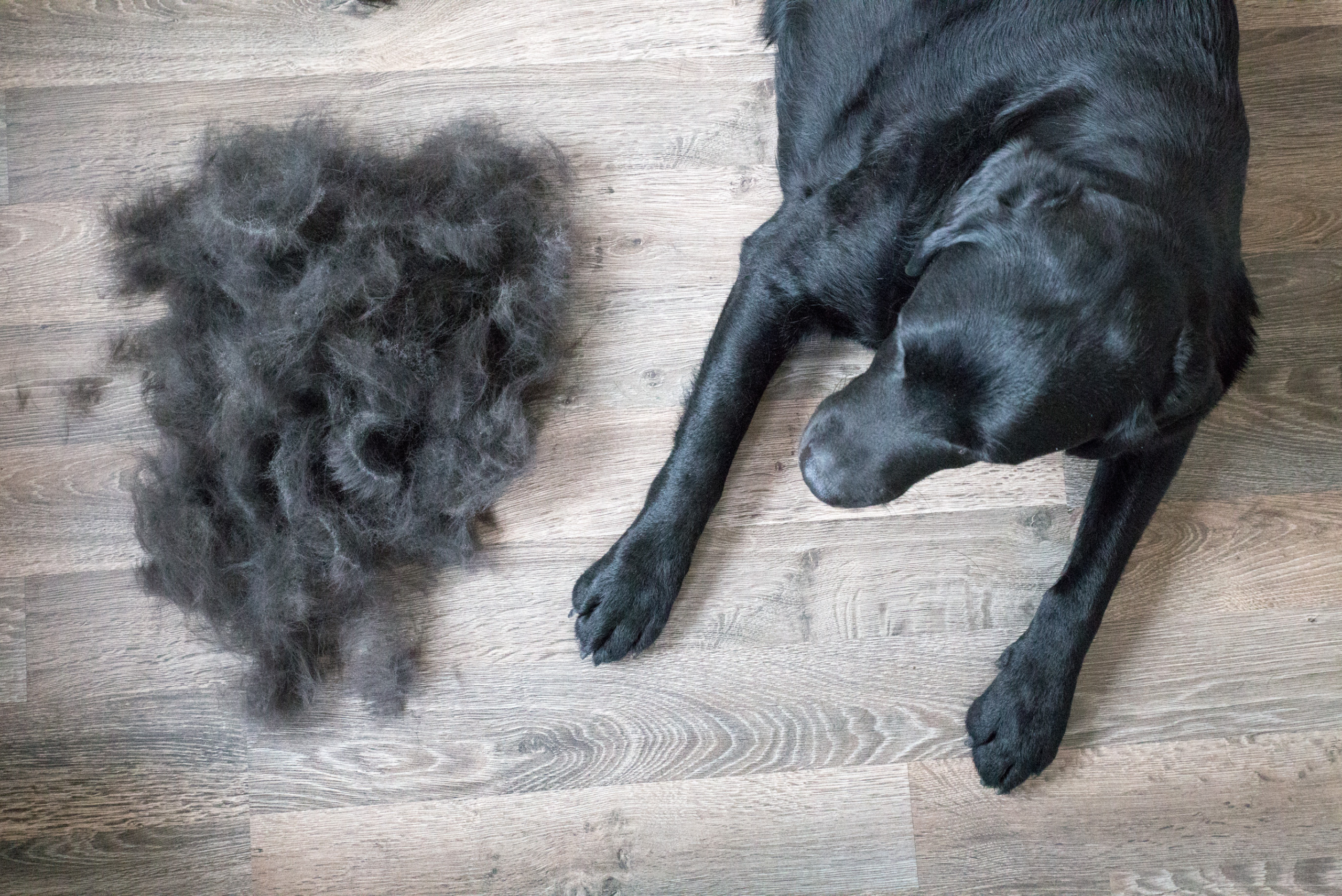
Related Articles
- Keep Your House Dust-Free Longer with These Simple Tips
- 5 Things You Should NEVER Clean With All-Purpose Cleaner
- How to Clean Under Your Appliances Without Moving Them
Seeing dust bunnies isn’t just an annoyance; it’s a reminder that certain areas of your home need attention. By tackling the sources of dust buildup, you can improve air quality, reduce allergens, and keep your home looking fresh. A little maintenance goes a long way in keeping dust bunnies from taking over your space!


